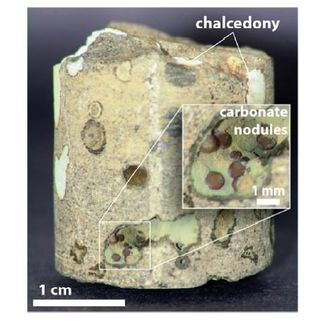Sediment trapped behind dams makes them 'hot spots' for greenhouse gas emissions
Advertisement
With the "green" reputation of large hydroelectric dams already in question, scientists are reporting that millions of smaller dams on rivers around the world make an important contribution to the Greenhouse Gases linked to global climate change. Their study, showing that more methane than previously believed bubbles out of the water behind small dams, appears in ACS' journal Environmental Science & Technology.
Andreas Maeck and colleagues point out that the large reservoirs of water behind the world's 50,000 large dams are a known source of methane. Like carbon dioxide, methane is one of the greenhouse gases, which trap heat near Earth's surface and contribute to global warming. Methane, however, has a warming effect 25 times more powerful than carbon dioxide. The methane comes from organic matter in the sediments that accumulate behind dams.
That knowledge led to questions about hydroelectric power's image as a green and nonpolluting energy source. Maeck's team decided to take a look at methane releases from the water impoundments behind smaller dams that store water less than 50 feet deep.
They describe analysis of methane release from water impounded behind six small dams on a European river. "Our results suggest that sedimentation-driven methane emissions from dammed river hot spot sites can potentially increase global freshwater emissions by up to 7 percent," said the report. It noted that such emissions are likely to increase due to a boom in dam construction fostered by the quest for new energy sources and water shortages.
Other news from the department science

Get the chemical industry in your inbox
By submitting this form you agree that LUMITOS AG will send you the newsletter(s) selected above by email. Your data will not be passed on to third parties. Your data will be stored and processed in accordance with our data protection regulations. LUMITOS may contact you by email for the purpose of advertising or market and opinion surveys. You can revoke your consent at any time without giving reasons to LUMITOS AG, Ernst-Augustin-Str. 2, 12489 Berlin, Germany or by e-mail at revoke@lumitos.com with effect for the future. In addition, each email contains a link to unsubscribe from the corresponding newsletter.


























































